Since early in his career, when he worked on construction sites and got hands-on experience with vernacular building methods, Wang Shu has drawn inspiration from traditional Chinese attitudes toward architecture’s place within the larger context of landscape. So he and Lu Wenyu, his wife and partner in Amateur Architecture Studio, were logical choices to design the Huang Gongwang Museum, named after an important landscape painter who lived from 1269 to 1354. Located in Fuyang, about 20 miles southwest of Hangzhou, where Wang and Lu practice, the 160,000-square-foot museum honors one of the “Four Masters of the Yuan Dynasty,” whose work influenced Chinese artists for centuries. Appropriately, Huang painted one of his most famous works, Dwelling in the Fuchun Mountains, in the vicinity of the new building. Part of an assemblage of buildings dressed in rugged masonry and topped by multipeaked roofs, the museum resembles a village or a range of mountains, evoking community and geology in equal measure.
Additional Information:
Jump to credits & specifications
As China has experienced unprecedented urbanization over the past 30 years, a growing number of its people have begun to look at rural areas as retreats from the stress and chaos of big cities, much as Huang saw Fuyang—which was then a sleepy village but is now a city of 7 million—as an escape from the intrigues of court life. Following a long tradition of shanshui (mountain and water) art, Huang painted pavilions comfortably ensconced in a mountainous setting, with the Fuchun River flowing nearby and mists clinging to trees.
After Wang won the Pritzker Prize in 2012, the only Chinese architect to do so, city leaders in Fuyang invited him and Lu to design a cultural complex that would include the Huang museum, as well as a 130,000-square-foot gallery for contemporary landscape painting and an 86,000-square-foot archive. The architects accepted the commission on the condition that they could renovate a portion of Wencun, a small village 30 miles from Fuyang, and replace dilapidated houses for the villagers. Reconnecting the urban and rural here was important to them. In both Fuyang and Wencun, Wang and Lu approach architecture as a means of integrating building with landscape, creating a narrative experience as people move through the projects.
Most of the Huang Museum opened this past September, along with the gallery (the archive should be completed by the end of the year).
The structures unfold as a series of pavilions that wrap around courtyards and are connected by zigzagging pathways, including one atop the rolling roofscape. “When you step into the building,” says Lu, “you feel as if you walked into a landscape painting.” Just as scroll paintings give the sense of wandering through a scene rather than viewing it from a fixed perspective, the Fuyang Cultural Complex takes visitors on a journey through outdoor and indoor rooms. Creating surprises along the way, the architects designed the project so you see it from different depths, heights, and angles, says Lu. And by arranging the various parts on a sloped site, Wang and Lu built an artificial mountain that speaks to the real ones behind it.
Both inside and out, the architecture presents visitors with a series of layers. Poured-concrete buildings—some clad with the same bricolage of recycled brick, tile, and stone that Amateur Architecture famously used in projects such as the Ningbo History Museum and the Xiangshan Campus of the China Academy of Art—ascend the site in concert with pools of water, terraces, and stairs. Inside, you keep wandering, from a spacious lobby, through cutouts in thick concrete walls, and into galleries topped by the multiple peaks of the tentlike roof. Lu notes that she and Wang saw the Fuyang Cultural Complex as part of a landscape that includes Wencun village. “They form a new painting in a larger geographical space,” she says.
CreditsArchitects: Wang Shu / Lu Wenyu
Design team: Amateur Architecture Studio/Cheng lichao/Cheng Hao/ Wang Tiantian
Engineering: Shentu Tuanbing (structural) Sun Mingliang (electrical) Cheng Chunji (mechanical)
Site supervision: Lin Mi/Yan Hongbo
Other consultants: The Design Institue of Landscape & Architecture China Acadmey of Art
Client: Art Gallery/History Museum/Archives
|
SpecificationsMaterials: Earth; Local Stone; Bamboo; Wood; Concrete; Tile; Glass; Steel ; and etc |
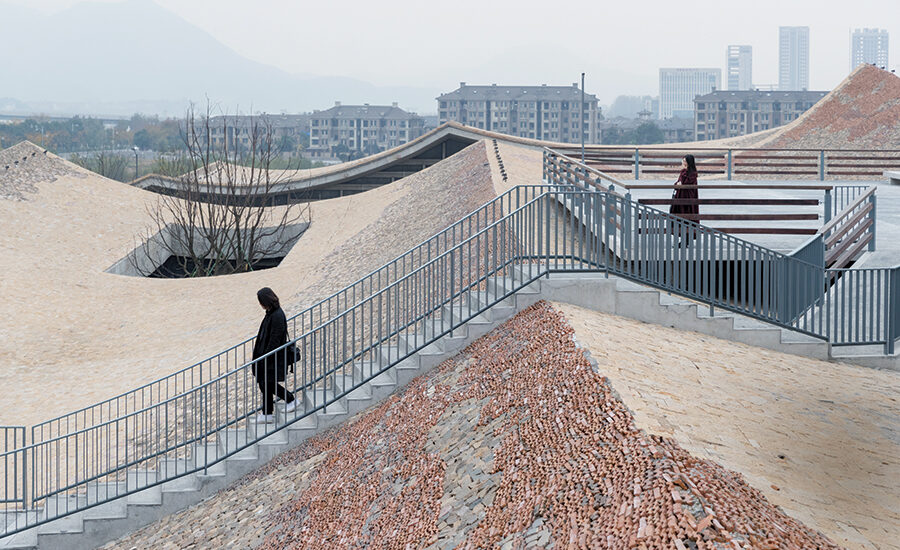
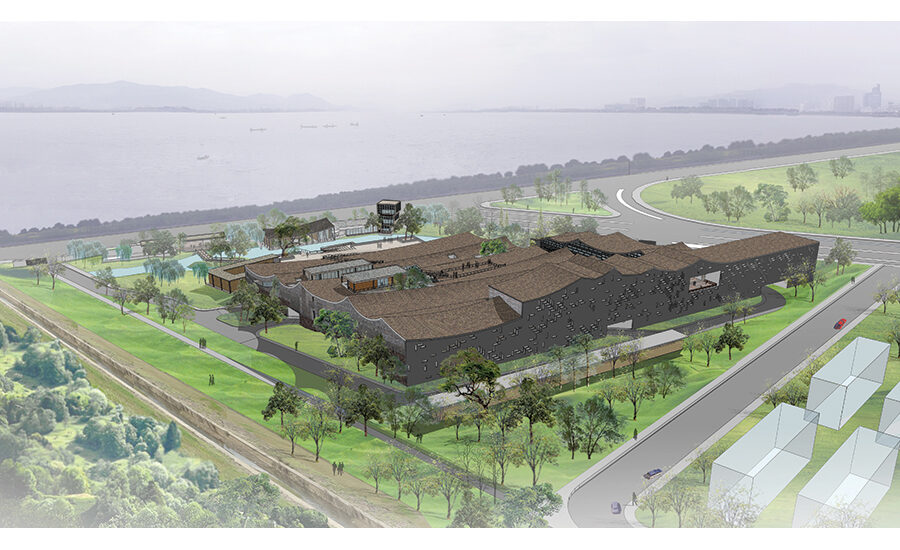
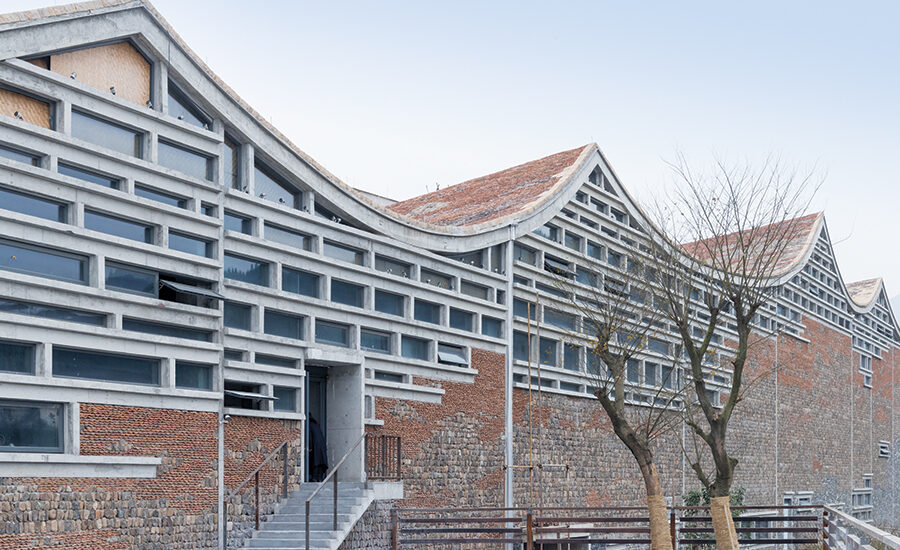
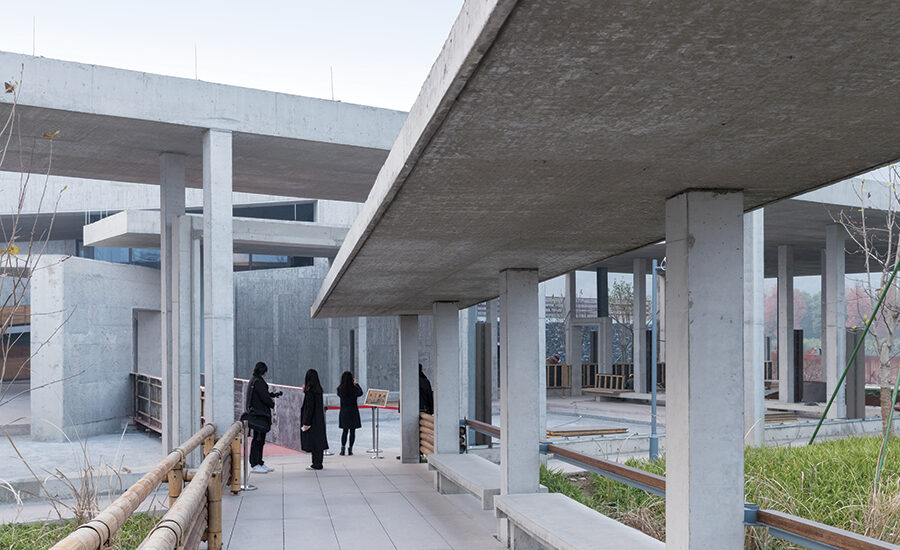
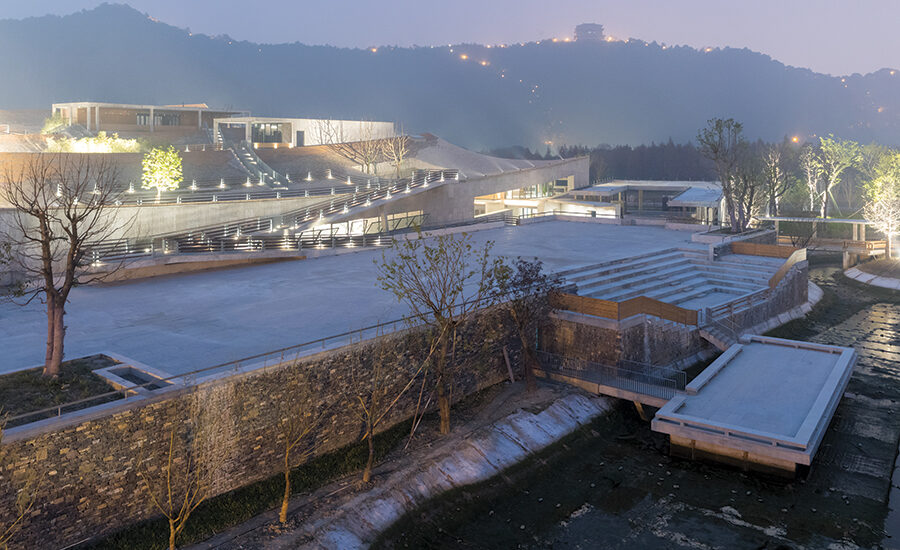
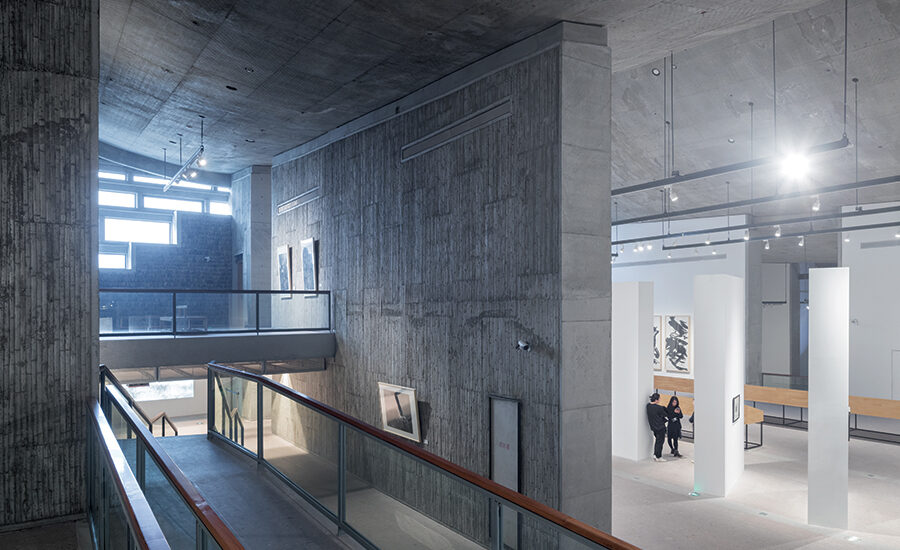
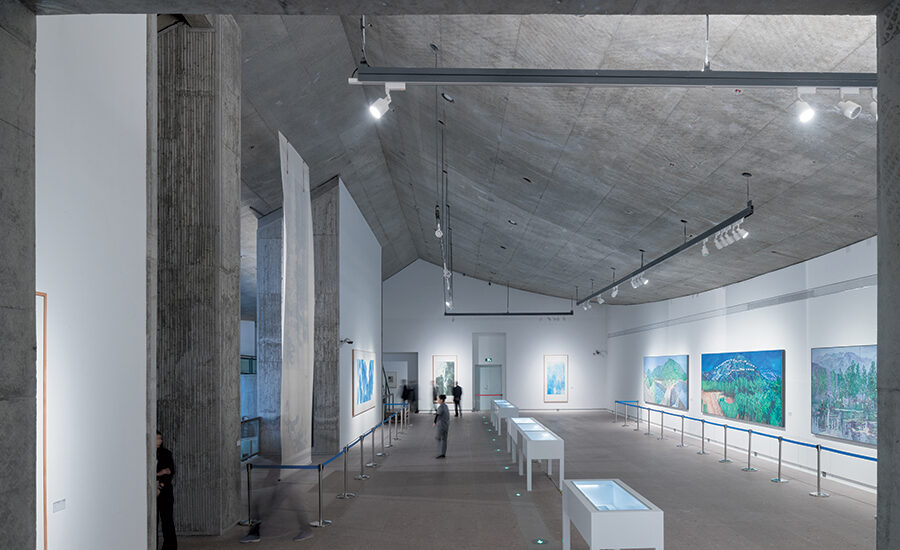
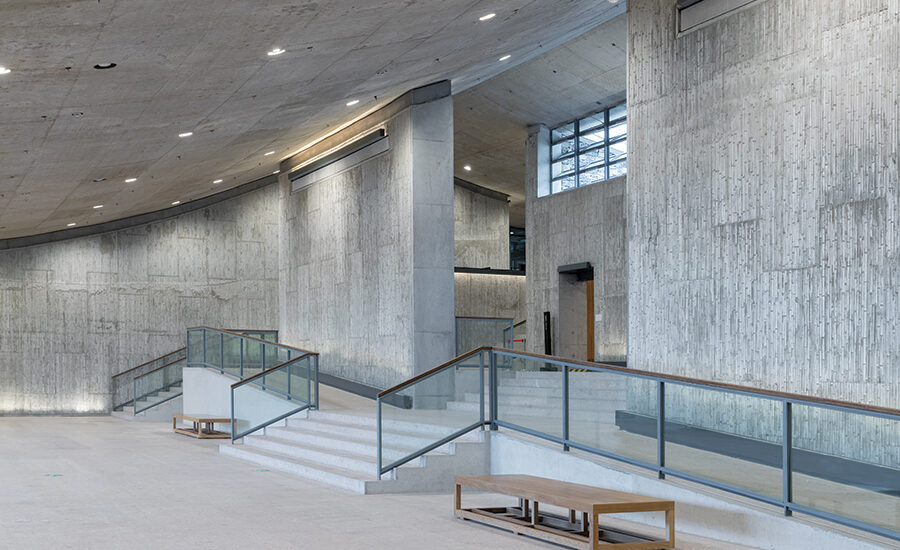
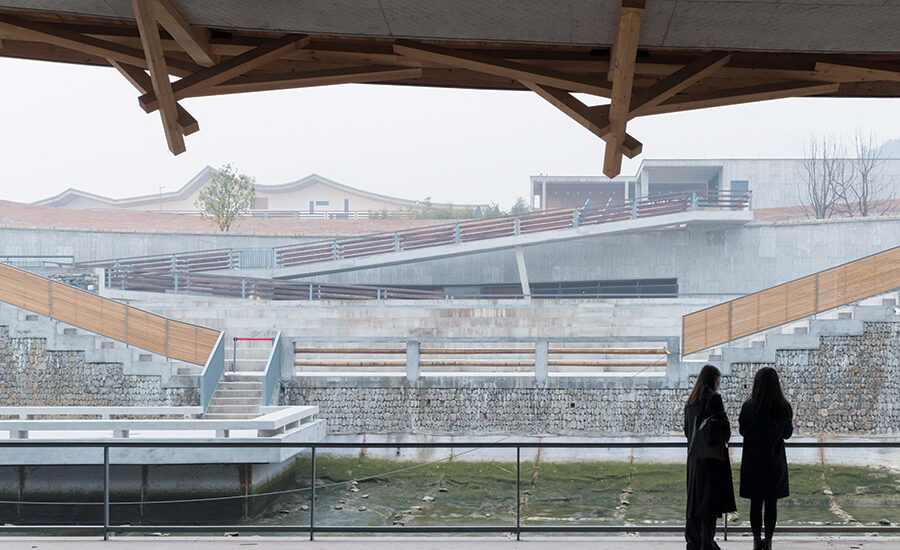
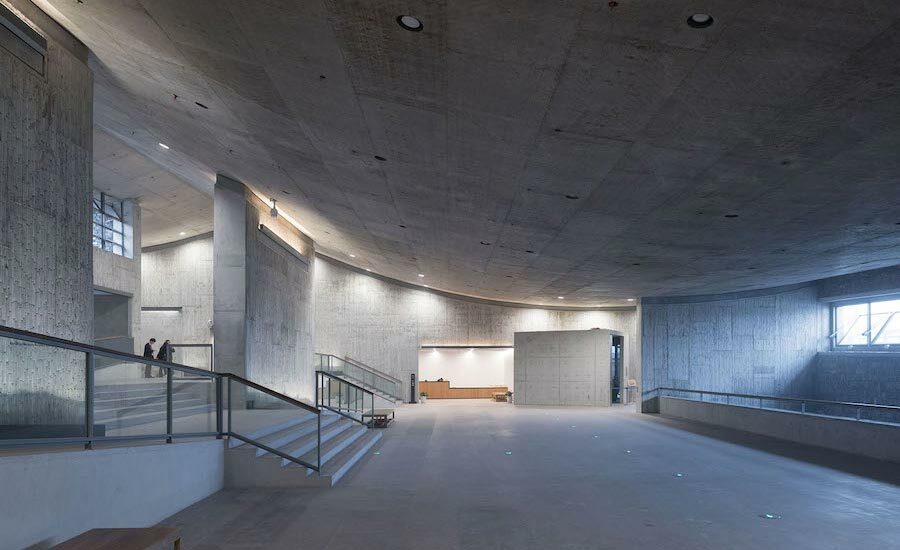
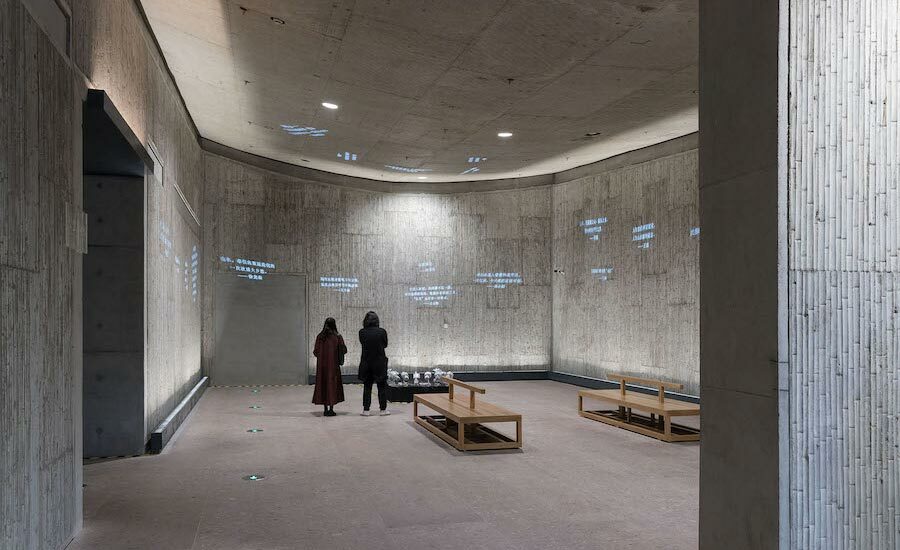
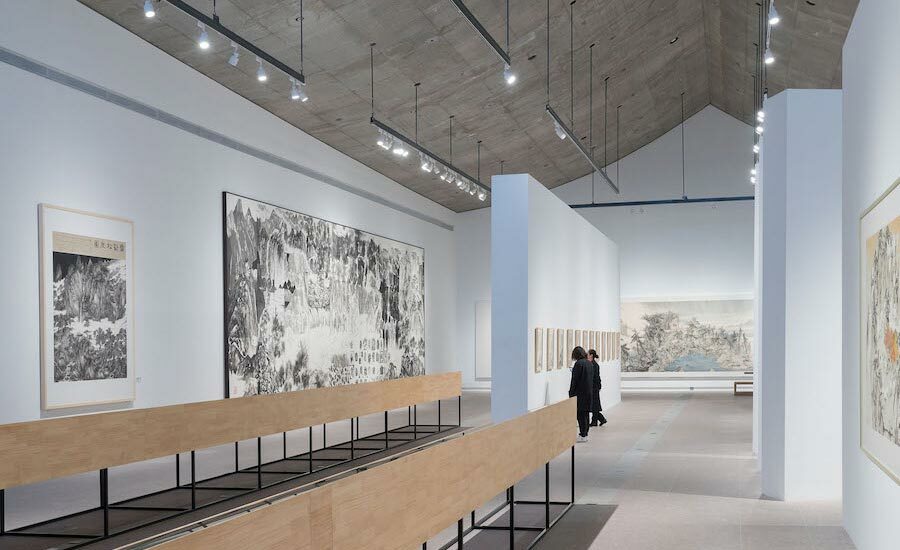


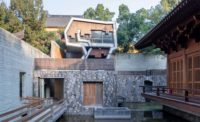
Post a comment to this article
Report Abusive Comment